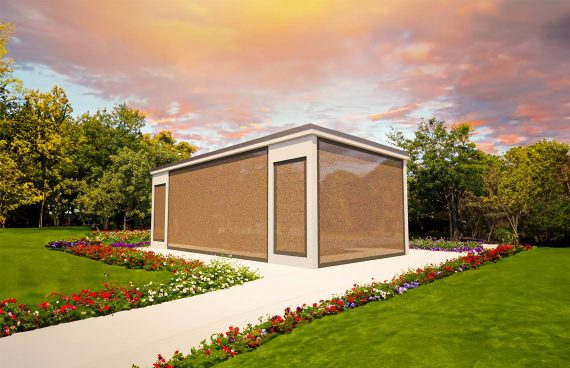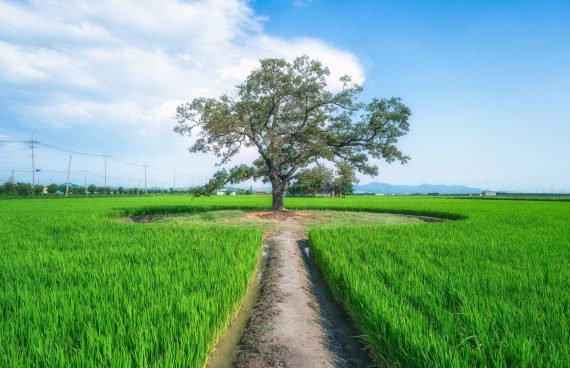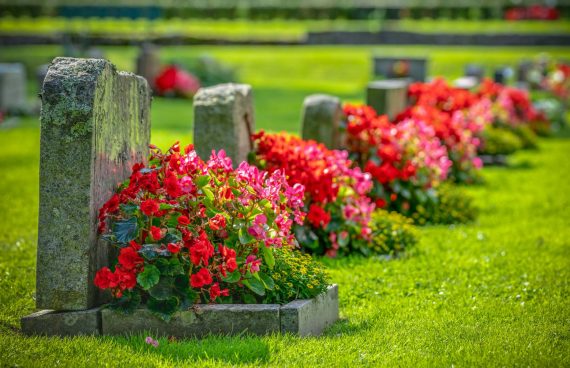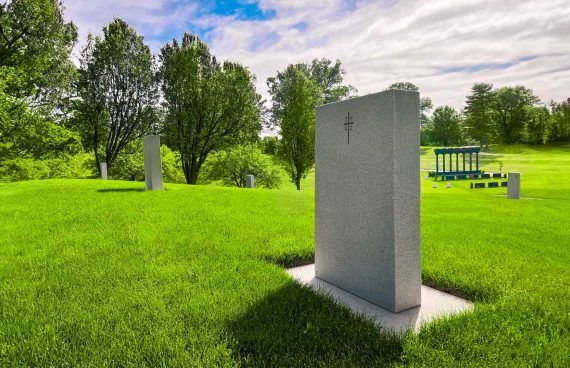Types of mausoleums
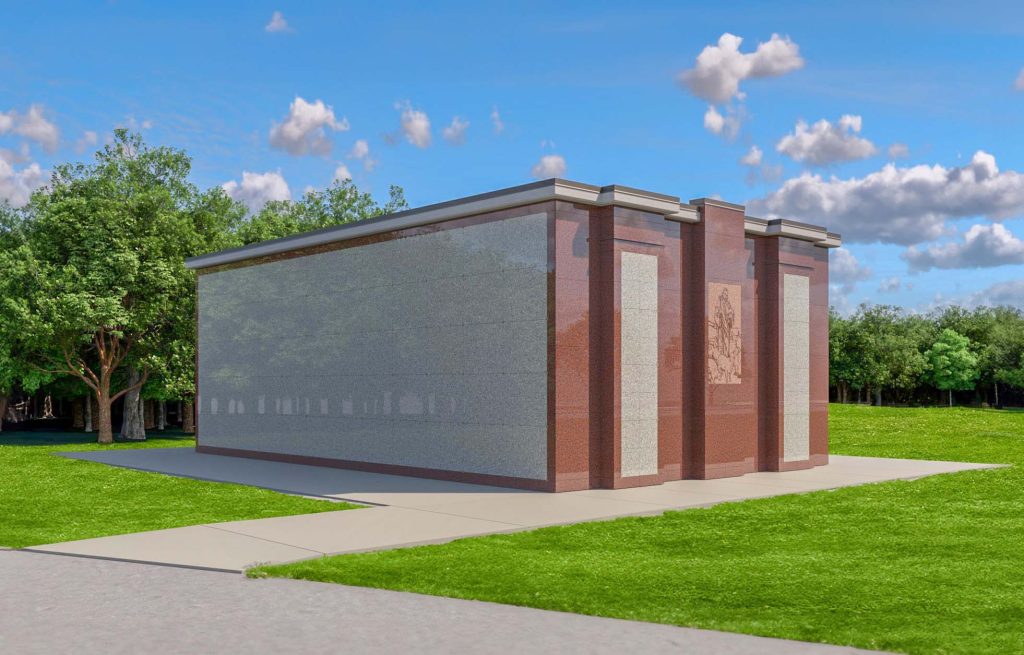
Across cultures and throughout history, people have created different ways to honor their loved ones after they pass. From Europe to India to Egypt, one of the most enduring methods has been the use of mausoleums. These structures serve as both a memorial and a resting place for the deceased, preserving their memory for future generations.
What is a mausoleum?
A mausoleum is a freestanding building designed to enclose a burial chamber or entombment space. Inside, you’ll find crypts, which are compartments that hold caskets, and often columbaria for cremated remains. When someone is laid to rest in a mausoleum, they are “entombed,” with their remains typically kept above ground. Mausoleums are favored because they keep the area dry, unlike traditional burial plots. They are considered more environmentally friendly than in-ground burials due to their efficient use of space.
Famous mausoleums
Some of the world’s most iconic structures are mausoleums: the Taj Mahal in India, Castel Sant’Angelo in Rome (also known as the Mausoleum of Hadrian), Lenin’s Mausoleum in Moscow, and even the Great Pyramids of Egypt. The Mausoleum of Halicarnassus is one of the Seven Wonders of the Ancient World. While these grand examples are well-known, mausoleums are also common in many American cemeteries, where both private and public options are available.
Types of mausoleums
If you’re exploring burial options, understanding the different types of mausoleums can help you make an informed decision.
Family mausoleums
A family mausoleum, or private mausoleum, is designed to preserve the memory of an entire family. It serves as a place of closeness for both living and deceased family members, upholding family traditions and providing a permanent spot for future generations to visit.
Public mausoleums
Public mausoleums, sometimes referred to as community mausoleums, are available in many U.S. cemeteries. These structures offer families a cost-effective alternative to private mausoleums by sharing the space. Larger cemeteries may have multiple public mausoleums, each with distinct architectural styles and amenities, such as bronze plaques, flower vases, private seating areas, skylights, and glass walls that provide a serene environment for reflection.
Garden mausoleums
Garden mausoleums are outdoor structures, unlike indoor mausoleums, which contain chapels. These mausoleums are typically more affordable, especially in colder climates where heating indoor spaces isn’t necessary. They often feature crypts for caskets and are commonly used for displaying urns and memorial items. Garden mausoleums can also include decorative elements like stained glass, statues, and artwork, enhancing the peaceful atmosphere of the surrounding gardens.
Companion crypts
Within a mausoleum, companion crypts are designed to hold two caskets, sharing the space of a single crypt. These crypts are ideal for couples, allowing them to remain together even after passing. A shared marker typically denotes their resting place.
Columbariums
Columbariums, while not technically mausoleums, serve a similar function. These structures house niches for cremated remains, with each niche holding an urn. The urn is marked with a memorial or engraving bearing the name of the deceased. Some mausoleums also include columbarium sections within their walls.
Lawn crypts
Lawn crypts are underground vaults that hold pre-installed crypts. Lawn crypts combine the benefits of traditional in-ground burials with the efficiency of mausoleum entombments, making them a cost-effective and environmentally friendly option.








 Use current location
Use current location




